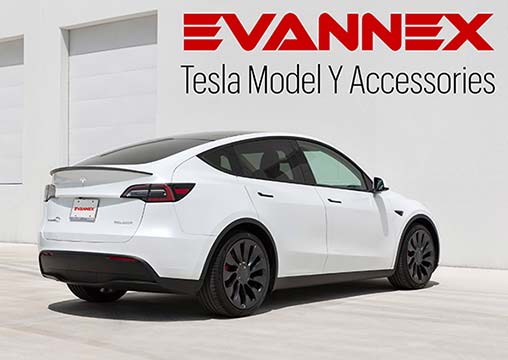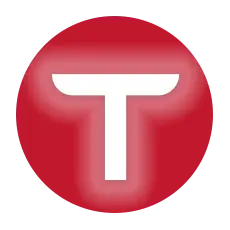Tesla CEO Elon Musk just recently announced that the Silicon Valley-based automaker is transitioning towards LFP batteries in order to eliminate the costly and supply-constrained Nickel.
He took to Twitter to answer a few questions in regards to limited Model 3 production, “This is not about winning anyone over. We are production-limited. The reason we are making our own cells is to *supplement* max production of suppliers. Even moving at full speed, they cannot build enough cells,” said Elon Musk.
Currently, Tesla is in the process of shifting its Standard Range Model 3 and Model Y battery chemistry to lithium iron phosphate (LFP) batteries.
Nickel vs. Iron
Prices
Nickel’s price has reached a 5-year high, it closed at $18,607 per ton at the time of market close yesterday. The following graph shows Nickel’s price variation across the last 5 years, the price starts climbing at the start of the year, peaks during the mid to start of Q4, and then start to decline towards the year’s end. However, it is setting a record high price each year except for 2018.
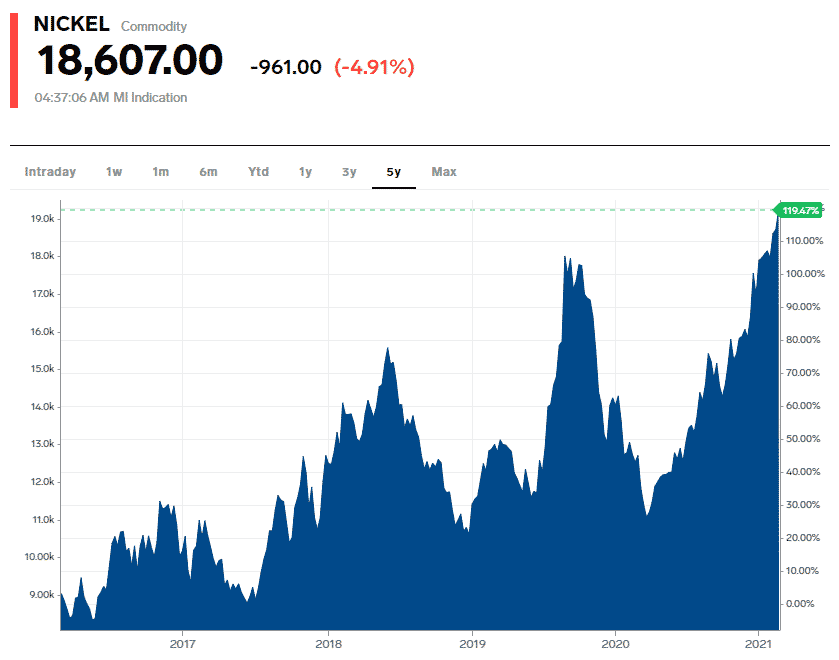
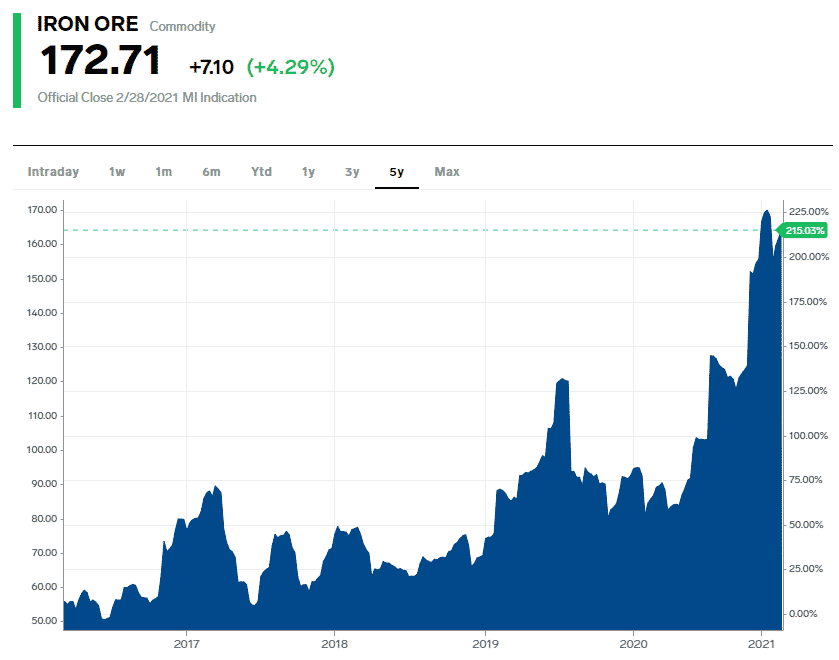
Although the price of Iron Ore (~62% Fe) is also rising throughout the last 5 years, especially since 2019, it still stands at $172.71 per dry metric tonne as of the time of this writing. This gives Iron a huge price advantage over Nickel, a reason as big or even bigger than the supply limitation of Nickel. This is why Elon Musk said, “Nickel is our biggest concern”.
Conductivity Comparison
When we look at the electrical conductivity of the Nickel (22%) vs. Iron (17%), it is clear that using an iron cathode in batteries reduces the flow of current. But to achieve the same level of conductivity as nickel from the iron cathode, the amount of iron will need to be increased, and since it’s available plentiful and cost-effectively, more use of iron should be a profitable decision for Tesla.
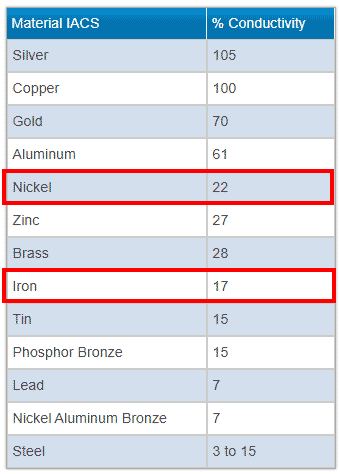
Since Tesla’s Standard Range vehicles are not geared towards performance or track racing, so changing the original formula and compensating for conductivity should not affect the end product as much. This is the reason Tesla has chosen the Standard and Standard Range Plus variants for the LFP or iron cathode batteries.
Tesla’s diversified cathode approach
During the Battery Day presentation last year, Elon Musk and Tesla SVP for Powertrain and Energy Drew Baglino stated that Tesla is working on eliminating Cobalt content in their cell chemistry. Cobalt is another super expensive material that is currently priced at $51,800/Ton.
One of the Battery Day presentation slides named ‘Diversified Cathode Approach’ (see Fig 5 below) — showed how Tesla has split different cathode materials over the vehicle lineup.
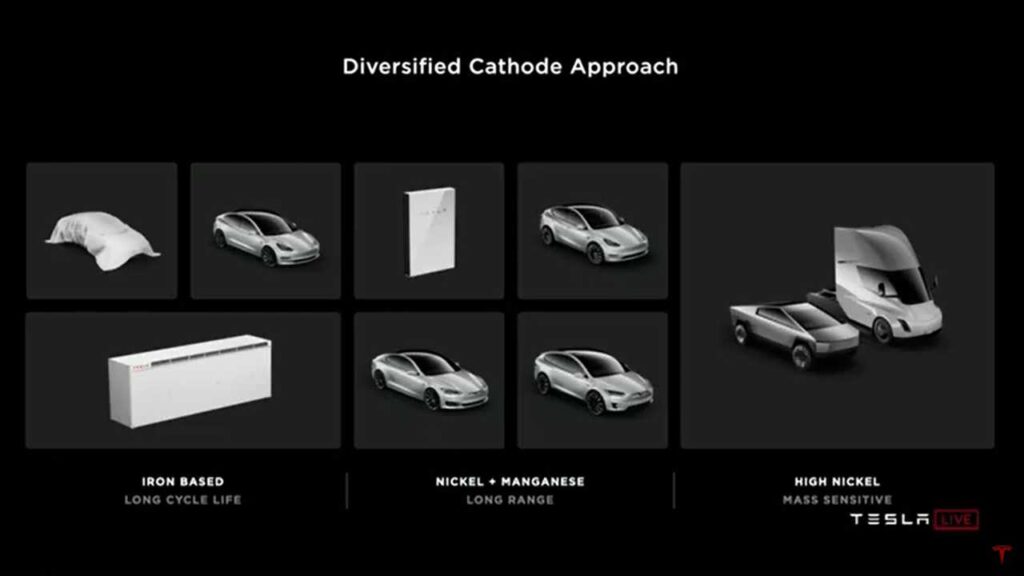
Tesla has divided its vehicle lineup into three categories, Standard Range batteries will have iron-based cathodes. Long Range vehicles and Tesla Powerwall will be powered with Nickel+Manganese cathodes. The mass-sensitive Tesla Semi and the Cybertruck that require a large number of batteries and towing capacity will be powered with high Nickel content cathodes.
LFP batteries in Made-in-China Tesla Model 3 & Model Y
Tesla Model 3 cars produced at the Gigafactory Shanghai have already transitioned to LFP batteries. Tesla’s Chinese battery supplier Contemporary Amperex Technology Ltd. (CATL) supplies Giga Shanghai with LFP batteries for use in the MIC Model 3 and Model Y.
The use of CATL’s prismatic batteries in a Model 3 battery pack reduces the production complexity and time, just like the 4680 cells. The following imaginative rendering of a Model 3 battery pack with LFP prismatic batteries is imagined by my co-authors over at CleanTechnica.
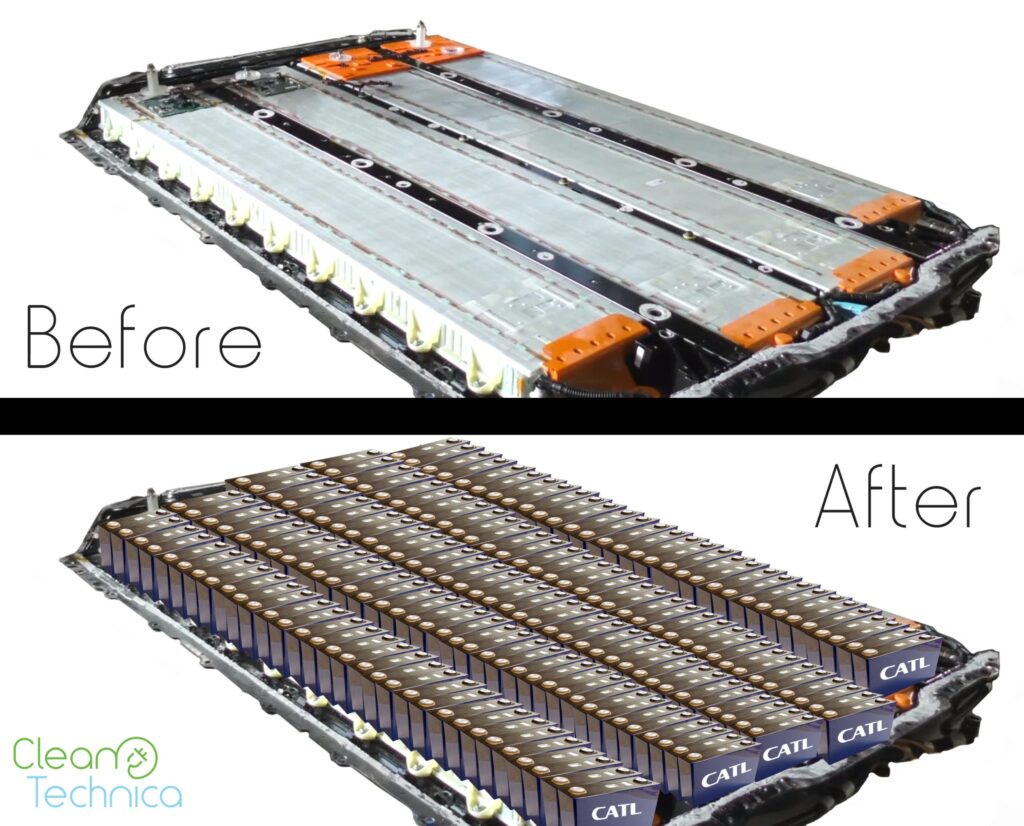
The prismatic battery pack eliminates the need of gluing together thousands of cells together and distributing them into 4 modules and further into bricks inside the modules. Late Jack Rickard of EVTV once disassembled a Model 3 battery pack and I wrote a detailed article on his video for Evannex, his teardown analysis is helpful in understanding the tiny details of a Tesla battery pack.
Also read: Tesla supplier CATL is ready to produce million-mile+ battery
Sometime after the implementation of the LFP batteries in Chinese Model 3 cars, rumors start spreading that these batteries are having issues with charging in cold weather. Since it is difficult to get information from Chinese owners due to the language barrier, we had to wait for MIC Model 3s to be shipped to Europe. Looks like initially the MIC Model 3 owners in Europe were having issues but the 2021.4.10 OTA software update seems to have fixed the issue.
A couple of months ago, a German owner of the Made-in-China Tesla Model 3 posted the following video that shows the Supercharging is working flawlessly on his LFP battery pack Model 3. He also gives us a detailed walkaround of the car for a visual checkup of panel gaps and quality issues — the build quality of MIC Model 3 is on par with European cars, let’s witness first hand.
Stay tuned for more interesting Tesla news and articles, follow us on:
Google News | Flipboard | RSS (Feedly).

